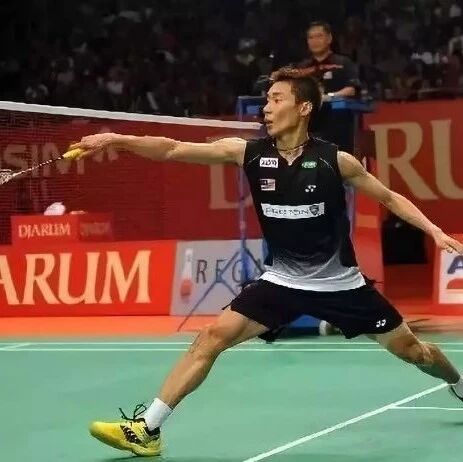If you master this technique, you'll never feel flustered again when facing a smash.
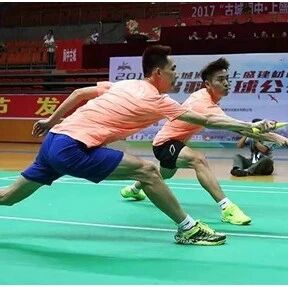

Undeniably, when on the defensive on the court, everyone is left in a reactive position—vulnerable to being breached by an opponent's relentless attack. Yet, viewed dialectically, being passive doesn’t automatically mean conceding points. In fact, if your defensive reception is flawless and executed with precision, it could catch the opponent off guard, allowing you to capitalize effortlessly on their mistakes and secure easy points.
Today, let’s talk about how to make your defensive catches absolutely unforgettable.
1. Passive receive followed by a direct lift
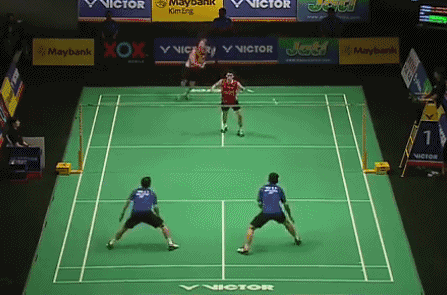
Chen Wenhong,
Amateurs rarely possess that seasoned, court-savvy defensive ability—especially when it comes to receiving and lifting the ball, which ultimately remains a reactive shot. Unless absolutely forced into a defensive position by your opponent, it’s best to avoid relying on this technique altogether.
2. Actively receive and smash the drop shot to the backcourt
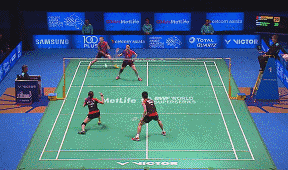
Wu Liuying faced Zhang Nan and delivered a powerful straight-line shot from the backcourt, earning an immediate point.
When the opponent attacks, their center of gravity naturally shifts forward. At this moment, your forceful backcourt pressure forces them to turn and receive the ball in a low-hand position—leaving them feeling extremely uncomfortable. The defensive effect is outstanding, truly demonstrating how a small amount of effort can achieve remarkable results.
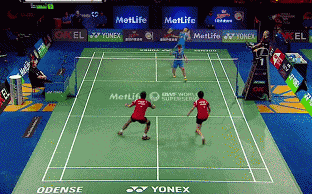
Nasir makes a direct, bouncing cross-court shot to the backcourt.
Executing a drop shot after a net kill requires the defender to have strong wrist power. Especially in doubles play, if the drop shot isn’t hit with sufficient speed, opponents can easily capitalize by launching a quick, continuous attack at the net—often resulting in easy points.
3. Drop the shuttle to force a net play and counter with a quick return
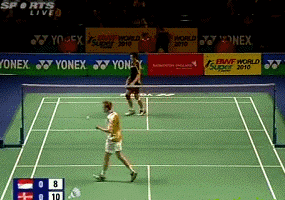
Gade cleanly blocks and scores directly down the diagonal.
The drop shot and net play are primarily used in singles matches. Since singles players must rely entirely on themselves to maintain continuous offense, their post-attack footwork often leaves them in an unstable position—typically moving quickly toward the net. As a result, anticipating and executing a well-timed drop shot or net defense can leave opponents helplessly watching the shuttlecock sail past.
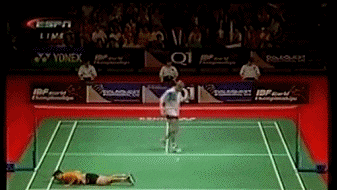
Directly score with a drop shot or net interception
Receiving and neutralizing the shuttle with a block is the most challenging of the three receiving techniques, requiring excellent anticipation. Additionally, it demands sufficient finger and wrist strength during the reception to precisely control the racket face.
4. Key Points for the Receive-and-Clear Technique
When receiving a smash, your center of gravity should naturally shift slightly downward. Many players, however, overemphasize lowering their center of gravity during this motion, which often causes their hitting point to become too low and backward—making it harder to execute a high-quality defensive shot. The ideal depth of the center-of-gravity shift should allow you to actively meet the incoming shuttlecock while maintaining smooth, fluid power generation. Of course, the optimal height of this descent varies from person to person. Ultimately, the varying effectiveness of your smash reception stems from differences in how you control your wrist and fingers.
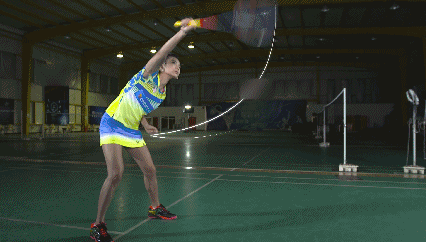
The action for receiving and lifting the shuttlecock from the backcourt is similar to a drop shot—just be careful not to rely on your shoulder joint to generate power by pushing upward. Instead, naturally swing upward in front of your body, using your shoulder as the pivot point. For receiving and smashing the shuttlecock, however, you’ll need to hold the racket face horizontally in front of you, engaging your fingers and wrist to meet the incoming shot with a forward motion, subtly incorporating a "covering" action as well. The goal is to leverage the opponent’s powerful smash to significantly increase the speed of your return.
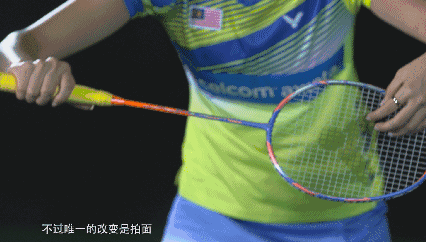
The biggest difference between a drop shot and a net intercept lies in racket face control. By sharply angling the racket face during the moment of impact with the shuttlecock, you can slice it cleanly, causing the ball’s speed to drop dramatically. The combination of varied return timing and shot placement often produces surprisingly effective results.
Handling a smash is inherently a technique that often leads to being on the receiving end of powerful shots—but trust me, if you master these three smashes-and-blocks techniques, even when you’re being hit, your fluid and confident movements will still be utterly captivating.
More article recommendations
Cleverly read your opponent's positioning—and respond with effortless grace!
Related Articles
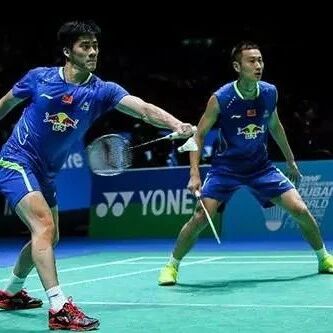
Why are you afraid of opponents' smashes? Because you haven’t mastered these 4 essential tips for handling them!
![[Badminton Grip Tape] 618 is here—time to stock up on grip tape! It’s priced at just 30% of the cost of YY brand products with the same quality.](https://api.zsiga.xyz/mp-weixin-attachment/cover/18/2650595079_1.jpg)
[Badminton Grip Tape] 618 is here—time to stock up on grip tape! It’s priced at just 30% of the cost of YY brand products with the same quality.
